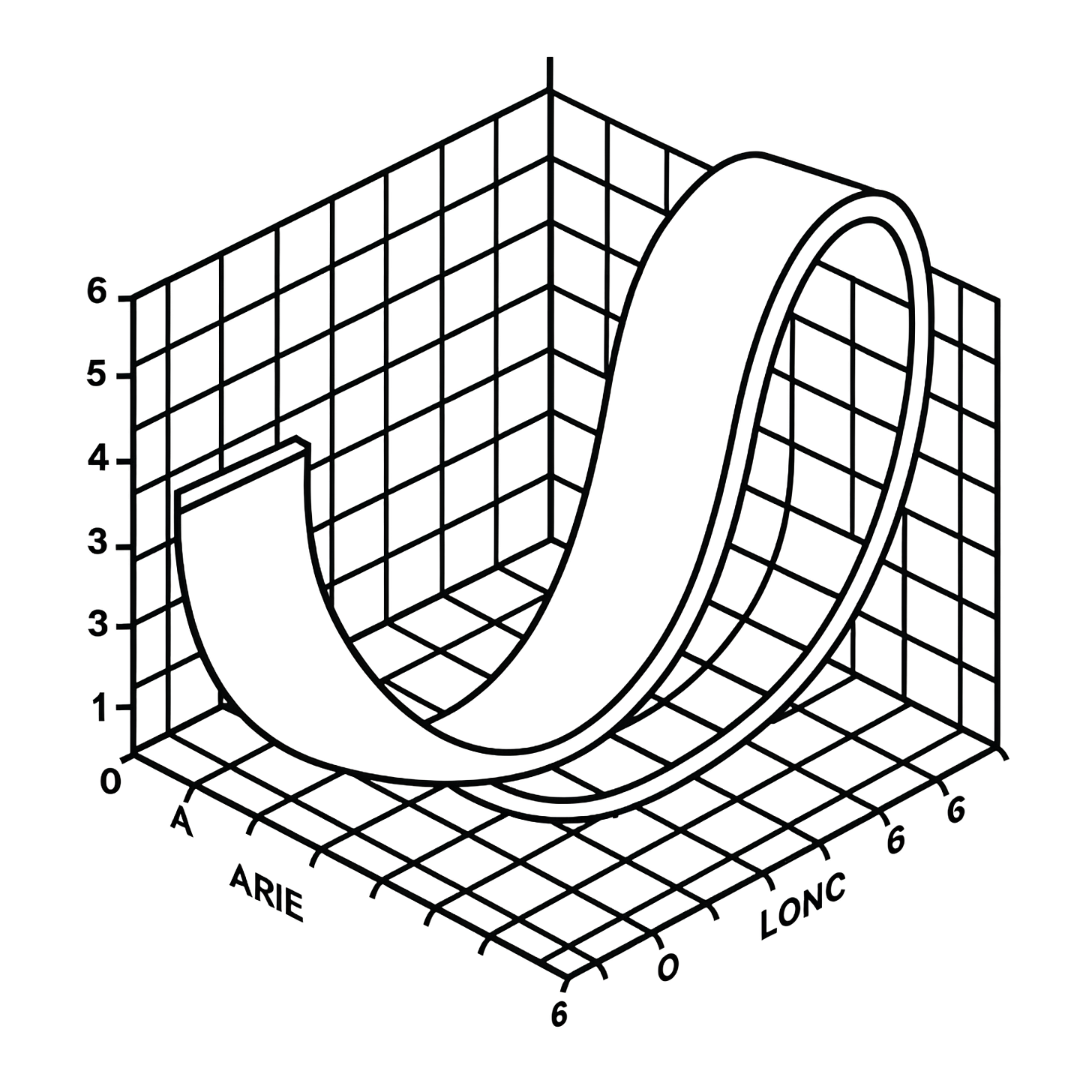1-18: The J-Curve
Perception of Growth Informs Tolerance of Suffering
If you've ever weighed the benefit of doing something against the time, energy, and cost required, then you've mentally evaluated something using a J-Curve. The J-Curve is the concept that goodness comes after sacrifice. If graphed, the bottom curve of the "J" represents the sacrifice and what is given up, while the long vertical portion represents the growth and positive benefits that follow. This concept is often applied in business to justify investing in a new endeavor by illustrating the positive benefits of the upward sloping curve, while also visually documenting the investment period by the trough of the "J." Beyond business, the J-Curve is applicable in many facets of our lives, from developing relationships to cultivating hobbies and becoming physically fit.
By weighing the future outcomes of an endeavor, you either subconsciously or consciously evaluate the associated costs. For example, when beginning a new romantic relationship, you may contemplate what the future will hold: how long can you see yourself with this person? What adventures will you go on? Will you get married and raise a family together? The types of questions less often asked involve what hardships will be endured and what challenges you might overcome together. The first few months of any new relationship may be rocky, but you are willing to persevere through the hardships (the trough of the J-Curve) as you can envision a fulfilling future together. The same holds true for developing any new skill or hobby. Rarely does someone pick up a paintbrush for the first time and create a masterpiece, or develop a six-pack after one gym session. Instead, time and sacrifice are necessary to paint a masterpiece or develop a six-pack.
Occasionally, you'll find that the J-Curve you initially evaluated has changed, with the trough deeper than expected or the upward slope less steep. This is normal and happens all the time. The opposite can also occur if you're lucky, and you might find that you only had to work half as hard to see results. It is okay to re-evaluate how the curve has changed since you began a process and at what point you think you are along the curve. This does not require literally drawing it out, as it is a fluid concept that is constantly evolving.
As we age, our ability to define the J-Curve of a project may improve and become more realistic. If most people knew the real probability of their new business succeeding, they might not pursue it. This collective naivety and overconfidence are essential to making meaningful progress. If we don't all reach for the stars, how will any of us get there?
Consistency and perseverance create a formidable foundation upon which the fruits of the J-Curve can be realized. Prior to beginning a new endeavor or relationship, it can be worthwhile to conceptualize the time, energy, and costs of the challenge. You may also speculate on when all of your efforts will have paid off, signaling the light at the end of the tunnel.


